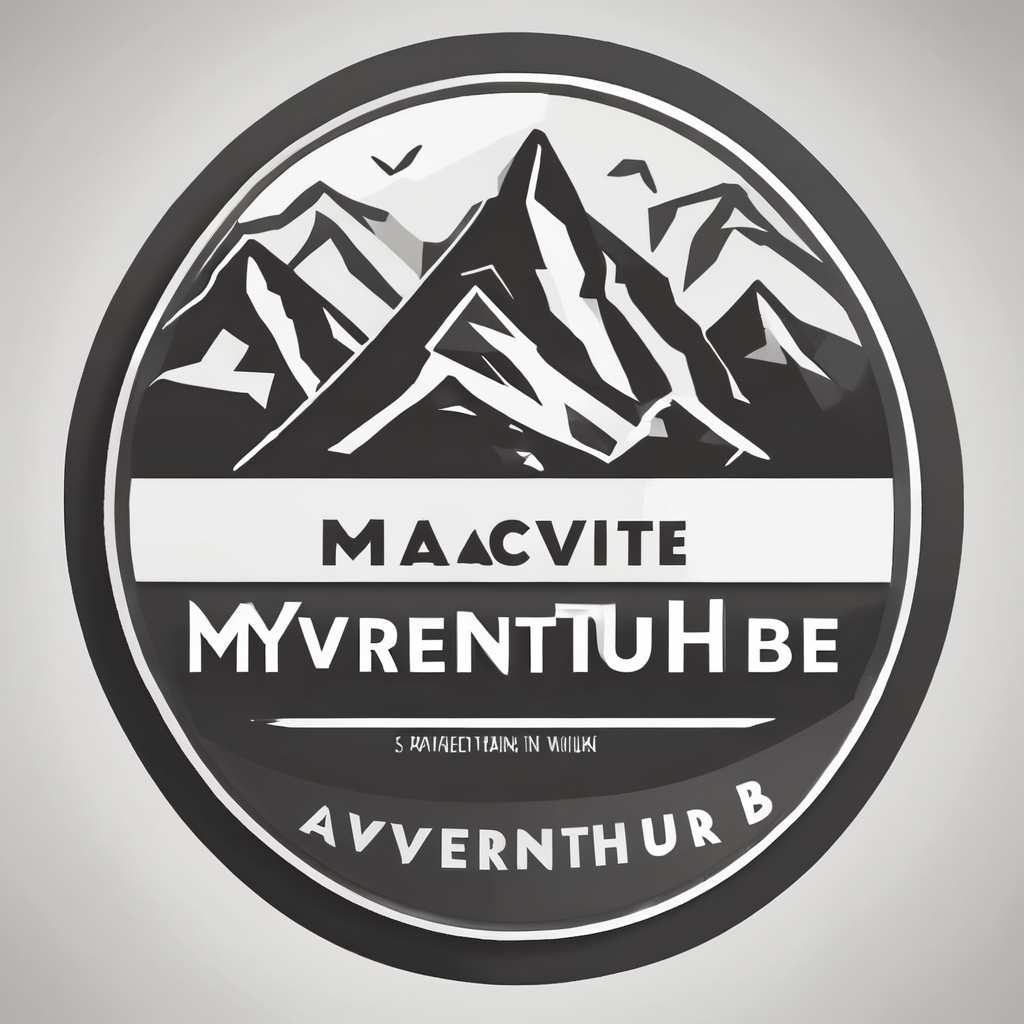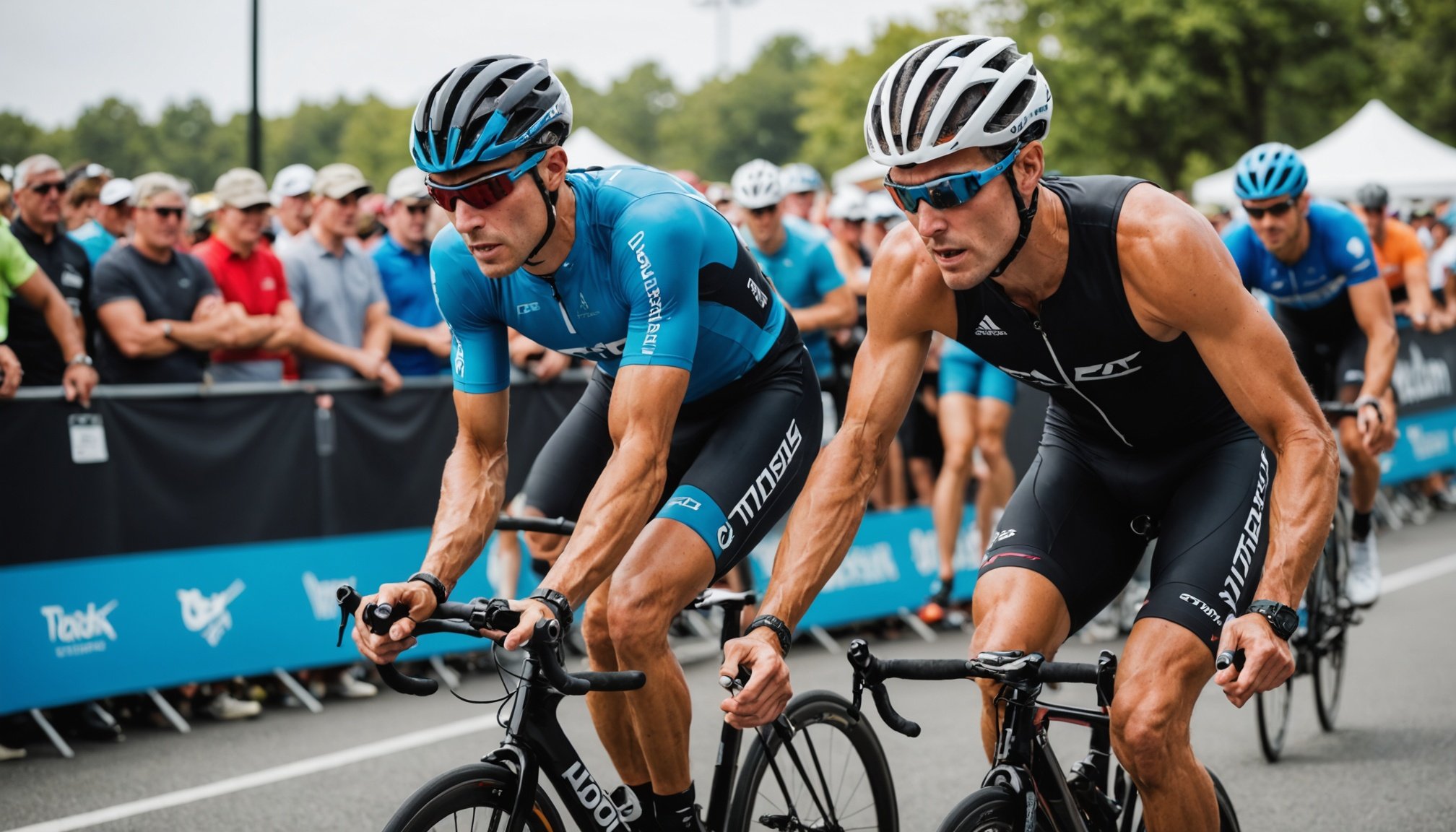Top Visualization Strategies to Elevate Your Triathlon Performance Before Race Day
When it comes to preparing for a triathlon, the physical training is just one part of the equation. Mental preparation, particularly through visualization, can significantly enhance your performance and help you achieve your best on race day. Here’s a comprehensive guide on how to use visualization strategies to elevate your triathlon performance.
Understanding the Power of Visualization
Visualization, or mental imagery, is a powerful tool that athletes across various sports use to improve their performance. It involves creating vivid mental images of yourself performing specific actions or achieving desired outcomes. This technique is backed by scientific evidence, showing that visualizing an action can activate the brain in a similar way to actually performing the action[4].
Topic to read : Top Techniques for Divers to Perfect Their Entry Skills: Expert Strategies Revealed!
For example, a study on basketball players found that those who visualized making free throws improved their performance by 23%, almost as much as those who practiced physically[4]. This demonstrates the potential of visualization to enhance your skills and prepare your mind for the challenges ahead.
Setting Up Your Visualization Practice
Before you start visualizing, it’s crucial to set a clear framework for your practice. Here are some steps to help you get started:
Topic to read : Top Stress Management Techniques for Success in Professional Bowling Tournaments
Define Your Goals
Clearly define what you want to achieve through your visualization. Whether it’s improving your transition times, maintaining a consistent race pace, or overcoming specific challenges like open water swimming, having a clear goal in mind will help you focus your visualizations.
Create a Detailed Scenario
Visualize the entire race day experience, from waking up in the morning to crossing the finish line. Include every detail, such as the weather, the crowd, and how you feel physically and mentally. This holistic approach helps your mind prepare for the various aspects of the race.
Use All Your Senses
Make your visualizations as vivid as possible by engaging all your senses. For instance, if you’re visualizing the bike segment, imagine the feel of the wind on your face, the sound of your bike gears shifting, and the smell of the road. This sensory engagement makes the experience more real and effective.
Practice Regularly
Consistency is key. Set aside a specific time each day to practice visualization. It could be during your taper period, when physical training is reduced, or as part of your daily training routine.
Visualization Strategies for Each Segment of the Triathlon
Each segment of a triathlon presents unique challenges, and tailoring your visualization strategies to these segments can be highly beneficial.
Swimming
- Open Water Visualization: Visualize yourself swimming in open water, dealing with waves, and navigating through the swim course. Imagine the sensation of the water, the sun on your skin, and the sound of your breathing.
- Pacing and Technique: Focus on your swimming technique, visualizing yourself maintaining a strong and efficient stroke. Imagine your body position, kick, and arm movement.
- Crowd and Conditions: Visualize the starting line, the crowd cheering, and the conditions you might face, such as currents or choppy water.
Biking
- Course Familiarization: Visualize the bike course, including any hills, turns, or technical sections. Imagine how you will handle each part of the course.
- Pacing and Nutrition: Focus on maintaining your race pace and managing your nutrition and hydration during the bike segment.
- Mechanical Issues: Prepare for potential mechanical issues by visualizing how you would handle a flat tire or other bike problems.
Running
- Pace and Form: Visualize yourself running at your target pace, focusing on your form and efficiency. Imagine your foot strike, posture, and breathing.
- Crowd Support: Visualize the crowd cheering you on, especially during the final miles of the run.
- Overcoming Fatigue: Imagine how you will manage fatigue and push through any discomfort to reach the finish line.
Integrating Mental Toughness and Positive Self-Talk
Mental toughness is a critical component of triathlon performance, and visualization can help build this resilience.
Instructive and Motivational Self-Talk
- Instructive Self-Talk: Use visualization to practice instructive self-talk, such as “Keep your legs straight” or “Use your core strength.” This helps in improving specific techniques and skills[4].
- Motivational Self-Talk: Incorporate motivational self-talk into your visualizations, such as “You can do this!” or “Stay strong!” This helps in boosting your endurance and overall mental toughness[4].
Building Confidence
Visualization can significantly boost your confidence by allowing you to rehearse successful performances in your mind. Imagine yourself overcoming challenges and achieving your goals, which can translate into real-world confidence on race day.
Practical Tips for Effective Visualization
Here are some practical tips to make your visualization practice more effective:
Find a Quiet and Comfortable Space
Identify a quiet, comfortable space where you can relax and focus without distractions.
Use Guided Imagery Scripts
You can use guided imagery scripts or work with a coach to create personalized visualization scenarios. This can be especially helpful if you’re new to visualization[2].
Combine with Physical Training
Integrate visualization into your physical training. For example, visualize your race performance during your taper period when physical training is reduced[5].
Reflect and Adjust
After each visualization session, reflect on what you visualized and adjust your approach as needed. This continuous feedback loop helps in refining your mental preparation.
Example Visualization Script
Here’s an example of how you might structure a visualization script for the bike segment of a triathlon:
- Pre-Ride Preparation: Visualize yourself in the transition area, preparing your bike and getting ready to start the bike segment.
- Starting the Ride: Imagine the sound of the starting horn, the feel of the wind as you start pedaling, and the sensation of your bike moving forward.
- Course Navigation: Visualize navigating through the course, including any hills, turns, or technical sections. Imagine how you will handle each part of the course.
- Pacing and Nutrition: Focus on maintaining your race pace and managing your nutrition and hydration during the bike segment.
- Crowd and Conditions: Visualize the crowd cheering you on and the conditions you might face, such as wind or rain.
Table: Comparing Physical Practice and Visualization
| Aspect | Physical Practice | Visualization |
|---|---|---|
| Physical Improvement | Directly improves physical skills and endurance | Improves physical skills indirectly by enhancing mental preparation and focus |
| Injury Risk | Higher risk of injury, especially during intense training | No risk of injury |
| Time Efficiency | Requires significant time commitment | Can be done in shorter sessions, even during rest days |
| Mental Preparation | Limited focus on mental preparation | Directly enhances mental toughness, confidence, and focus |
| Cost | May require equipment, training facilities, and coaching | Minimal cost, can be done anywhere |
| Flexibility | Limited flexibility in terms of location and timing | Highly flexible, can be done at any time and place |
Quotes from Experts and Athletes
- “Visualizing an action mobilizes the brain in the same way as if you were actually performing the action,” – Antonis Hatzigeorgiadis, sports psychologist[4].
- “Visualization is like a gymnastics for the mind; it takes practice, but the results can be spectacular,” – Paul Devaux, mental preparation coach[4].
- “Before thinking about performing, you need to be in good health,” – Xavier Thévenard, professional athlete, highlighting the importance of overall well-being, which includes mental preparation[5].
Visualization is a powerful tool that can significantly elevate your triathlon performance. By setting clear goals, creating detailed scenarios, and integrating mental toughness and positive self-talk, you can prepare your mind and body for the challenges of the race. Remember, visualization is not a replacement for physical training but a complementary tool that can enhance your overall performance.
As you approach your next triathlon, take the time to visualize your success. Imagine yourself performing at your best, overcoming obstacles, and crossing the finish line with confidence. With consistent practice and the right approach, you can unlock the full potential of visualization and achieve your personal best on race day.






